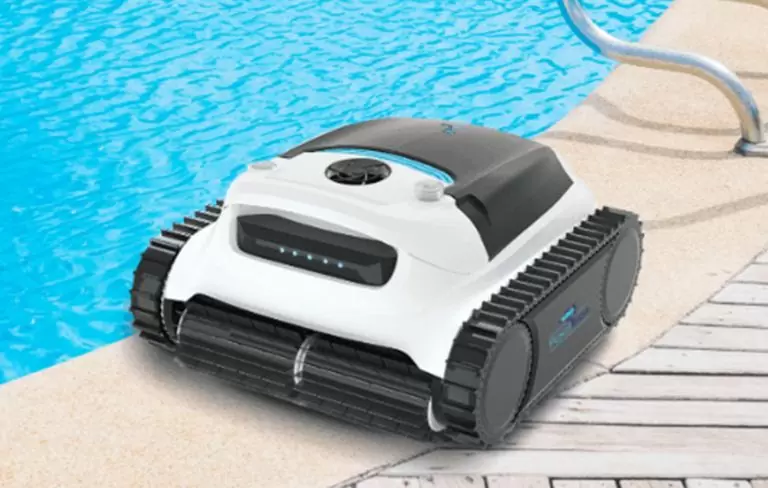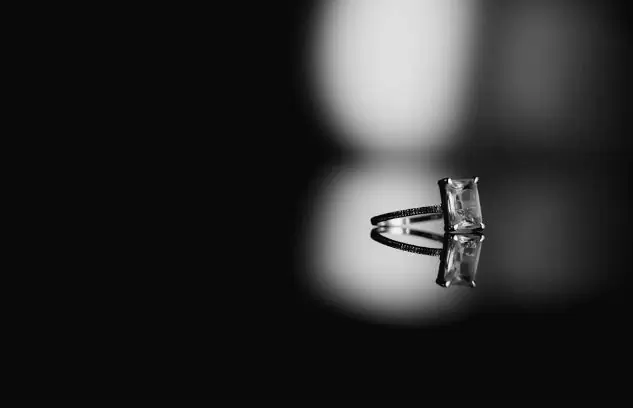How Much Chlorine To Add To The Pool
Chlorine is a chemical element widely used as a disinfectant in swimming pools. It helps to kill bacteria, viruses, and other harmful microorganisms that can cause illness or infections. Chlorine works by breaking down the cell walls of these microorganisms, rendering them harmless.
The amount of chlorine to add to your pool depends on several factors, including the size and the level of contaminants in the water. A good rule of thumb is maintaining a free chlorine level between 1-3 parts per million (ppm) for residential pools. It ensures enough chlorine to effectively sanitize the water without causing irritation or discomfort for swimmers.
It’s important to test your pool water regularly using a reliable test kit to determine the correct amount of chlorine needed. Remember that too much chlorine can be just as harmful as too little, so it’s crucial to maintain proper levels for optimal pool health and safety.
Pool maintenance and care
Maintaining a healthy chlorine level in your pool prevents bacteria and algae growth. The amount of chlorine you need to add to your pool depends on several factors, such as the size of your pool, the current chlorine level, and how frequently it is used. A good range for free chlorine levels is typically between 1-3 parts per million (ppm). It can be measured using a test kit or strips.
To determine how much chlorine to add, you should calculate your pool’s volume in gallons and refer to the manufacturer’s instructions for the type of chlorine product you use. Generally, one pound of granular or powdered chlorine will raise the free chlorine level by approximately ten ppm in 10,000 gallons of water. It is important not to exceed recommended amounts as too much chlorine can cause skin irritation and damage equipment.
In addition to adding enough chlorine, regular maintenance, such as skimming debris from the surface and checking pH levels, can help keep your pool clean and clear. Consistent monitoring and care will ensure an enjoyable swimming experience all season long.
How to balance pool chemicals
When balancing pool chemicals, adding the right amount of chlorine is crucial. First and foremost, it’s important to understand your pool’s current chlorine level. You can use a testing kit to measure this accurately. Once you know your starting point, you’ll need to determine how much additional chlorine is needed based on the size of your pool.
The general rule of thumb is that you should add one pound of chlorine shock treatment for every 10,000 gallons of water in your pool. However, remember that this may not be accurate for all pools and situations. Sometimes, you may need more or less depending on weather conditions or heavy usage.
Finding the right balance of pool chemicals takes time and careful monitoring. It’s important to regularly test your water levels and adjust accordingly until you find the perfect balance for safe and enjoyable swimming conditions.
How much chlorine should I add to my pool to maintain safe and clean water for swimming?
Add the right amount of chlorine to maintain safe and clean water in your swimming pool. The recommended chlorine level in a pool is between 1-3 parts per million (ppm). This measurement should be checked regularly using a test kit to ensure it remains within this range.
If the chlorine level falls below one ppm, bacteria and algae can start growing in the water, which can cause health problems for swimmers. On the other hand, if the level exceeds three ppm, it may cause skin and eye irritation for swimmers.
The amount of chlorine needed to maintain this range depends on factors such as pool size, usage frequency, weather conditions, etc. Generally speaking, an average-sized pool requires around 2 pounds of chlorine tablets or granules per week during peak swim season. It is always best to consult with a professional or refer to manufacturer guidelines for specific instructions on how much chlorine should be added based on your circumstances.
How chlorine works: Chlorine kills bacteria, algae and other parasites that can cause swimming problems.
When adding chlorine to your pool, the amount needed depends on several factors, including the size of the pool and how much sunlight it receives. Generally, you should aim for a chlorine level between 1-3 parts per million (ppm). It can be measured using test strips or a testing kit.
If your pool is heavily used or receives a lot of direct sunlight, you may need to add more chlorine to maintain an appropriate level. On the other hand, if your pool does not see much use or has a cover that limits exposure to sunlight, you may not need as much chlorine.
It’s important to note that adding too much chlorine can harm and irritate swimmers. It’s always best to follow manufacturer instructions and consult a professional if you’re unsure how much chlorine is needed for your pool.
Frequently Asked Questions
How much chlorine should I add to my pool?
The amount of chlorine you should add to your pool depends on the size of your pool. As a general rule, for every 10,000 gallons of water in your pool, you should add 1 pound of chlorine. However, this can vary based on several factors, such as the pH level and the amount of sunlight exposure.
Can I add too much chlorine to my pool?
Yes, it is possible to add too much chlorine to your pool. Over-chlorination can cause skin irritation and damage swimsuits or other items that come into contact with the water. It can also cause a strong odor and cloudy water. Always check the recommended amount before adding any chemicals.
When is the best time to add chlorine to my pool?
The best time to add chlorine is in the evening after sunset or early morning before sunrise when there is no sunlight since sun rays quickly break down chloramines. If added during daylight hours, it will get used up quickly due to UV rays from sunlight, making it less effective over time than if added at night or early morning hours when no direct sunlight is affecting its efficiency.










